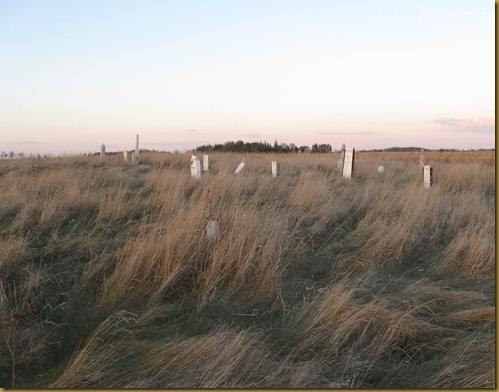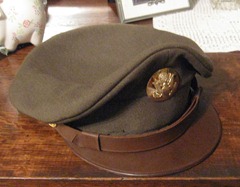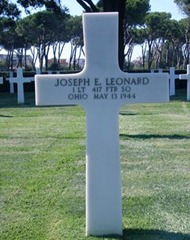In one of his very informative emails, David sent the link to the Defense Prisoner of War * Missing Personnel Office’s website. This office is actively working to identify remains, and it’s never too late, as this very recent press release regarding Staff Sgt. John J. Bono demonstrates. Staff Sgt. Bono was on a plane that crashed on September 13, 1944 in Germany. It took a very, very long time, but this soldier has finally come home.
One of the methods used for identifying remains involves mitochondrial DNA. Unlike Y-DNA used for genealogical purposes, mitochrondria DNA (mtDNA) cannot prove relationship to any high degree, but it can exclude relationship, or can provide supporting evidence of a relationship. Furthermore, rather than requiring a sample from the direct-line males in the family, mitochondrial DNA may be supplied from other near relatives. In the case of an unaccounted-for male soldier, either a brother, a sister, or the sister’s descendants to the third generation may supply DNA for testing.
The Central Identification Laboratory does the work of putting together the evidence with the goal of making an identification. Using data surrounding the recovery of the remains, race, age, height, medical and dental records, fingerprints, and DNA, sometimes a presumptive identification can be made.
Without delay, I contacted the Central Identification Laboratory (CIL), and settled down for what I was expecting to be a long wait. Within the week, I received a phone call from an agent at the CIL requesting more information, and explaining the process to me. He sent, by Federal Express, two mtDNA collection kits, one for myself, and one for my mother, direct descendants of Ray’s sister Lillian. The kits consisted of swabs that we used on the insides of our cheeks to collect cells. We packaged these swabs for return to the lab. In addition, we were asked if we had envelopes from any of Ray’s letters home; the process of licking the envelopes to seal them would be his contribution to the process. We had two, which we sent. We were assured that they would be returned. The process was very quick, and very simple, and return Fed-Ex fees were paid by the laboratory.
Collection kits for cheek swabs
And now, we wait. We understand that this process will not be a quick one, and no results can be guaranteed, but we’re grateful for the opportunity to at least try, thanks to David. I’m hoping that 2012 will be the year Raymond Christensen finally comes home.




